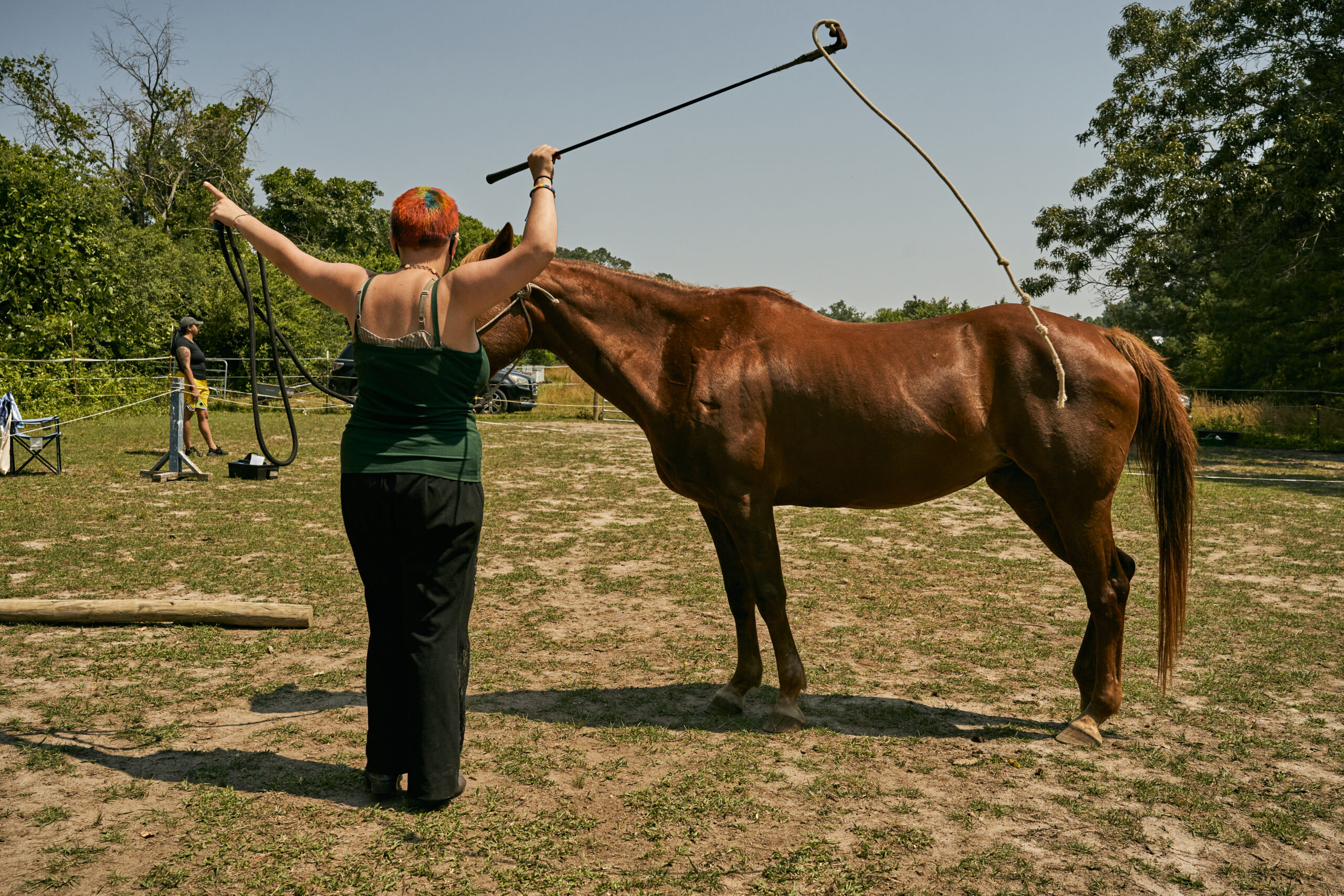Keeping Foster Kids Out of NC’s Prison-Like Psychiatric Residential Treatment Facilities
By Julia Soplop
North Carolina’s foster system is “in crisis,” according to a federal lawsuit filed in December 2022 against the state’s Department of Health and Human Services.
Ever-dwindling investment in the health and well-being of the state’s most vulnerable children, coupled with grossly ineffective spending of that remaining budget, has led to a tragic outcome: at any given time, around 500 kids in foster care are institutionalized in prison-like psychiatric residential treatment facilities, known as PRTFs. (These facilities are distinct from the juvenile detention centers we previously covered here.)
First established about 15 years ago, PRTFs were meant to provide short-term, intensive therapy—no more than 90 days—for children with severe mental health and behavioral disorders. In practice, however, they have come to serve as longer-term holding warehouses for many foster children, disproportionately affecting children of color. The average PRTF stay for a child on Medicaid is now about six months, though the long duration isn’t the most significant problem with this approach.
Numerous investigations have revealed that the therapeutic support PRTFs actually provide may be minimal or non-existent—but abuse is rampant. Sexual abuse, other physical and verbal violence, sedation, physical restraint, poor nutrition, unsanitary conditions, bullying, and neglect have been documented at many of these facilities over the years. Some were shuttered when the abuse came to light. Others were not, and they remain in operation.
More than a third of North Carolina’s foster kids confined to this type of facility is sent to live at PRTFs in other states, isolating them even further from their communities and case workers.
There is scant scientific research evaluating the therapeutic value of removing children from their homes and placing them in restrictive PRTFs. “The dearth of research supporting the effectiveness of interventions delivered at PRTFs should be alarming to families, advocates, practitioners, and policymakers,” concluded the authors of a systematic review on the subject. A separate review demonstrated that community-based interventions may be at least as effective as residential treatment centers.
The federal lawsuit called the use of PRTFs in lieu of community-based alternatives a “profound waste.” The cost to taxpayers for the average stay of a child on Medicaid? Around $77,000.
An analysis of approaches in nine other states showed that foster children who received community-based interventions while remaining in their homes reported feeling better, improving academically, and reducing drug and alcohol use. Community-based programs are far cheaper than residential programs, as well.
“DHHS is obligated to provide these children the helpful support and care they need in their home communities,” said Virginia Knowlton Marcus, chief executive officer of Disability Rights North Carolina. “These children deserve and have the right to a family and place in our communities where they can meet their full potential. Instead, they receive institutionalization and irreparable harm to their childhood and wellbeing.”
How CORRAL Supports Kids in Foster Care
CORRAL steps in where state programming has failed to meet the needs of foster children. Nearly half of our girls do not live with their biological families, and many are currently part of the foster system. Some of their families have experienced PRTFs firsthand.
We work to keep our girls out of PRTFs. Rather than isolating them, we offer them connection through community- and evidence-based interventions that address their individual needs.
“Our kids who are in foster care have expressed that they feel like they have family and are part of a team at CORRAL,” said Shera Everette, Education Manager at our Raleigh Farm.
Here, they are thriving. About 80 percent of our girls had failed at least one school course prior to joining CORRAL. However, the average GPA is now 3.6 for those who have been in the program for at least two years. Participants also engage in fewer risky behaviors than they did when they enrolled, and more than three-quarters go on to college.
The cost per girl of the 11-month Riding Academy is about $21,000—that’s less than a third of the cost of the average institutionalization at a PRTF.
Together, we can give kids in foster care the support they deserve. Click here to support CORRAL’s mission.





